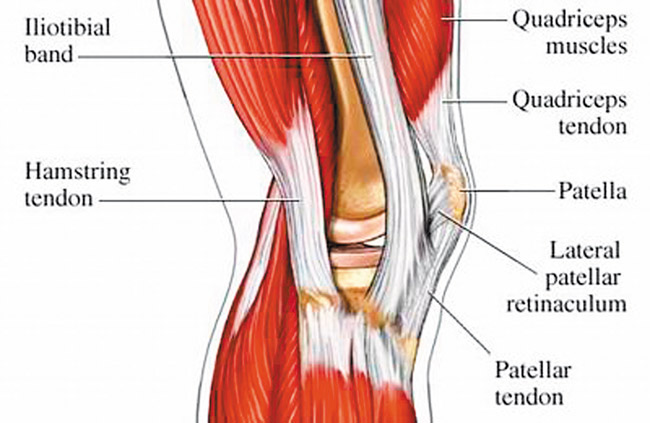Recovering From Knee Surgery
I’m pleased to say I’ve had a quick, complete and limited-pain recovery from total knee-replacement surgery. It’s common surgery now, and I thought my recovery observations might be helpful to you who will follow.
My approach to the surgery was the same one I’d used 25 years ago for a cardiovascular bypass operation: Pick somebody who does plenty of those operations every year.
For the heart surgery, I picked Dr. Michael Dang at Queen’s, who did 300 hearts a year. For the knee, Dr. Michael Reyes at Kaiser, who does four knees every Tuesday.
I figured if there was a problem, it probably was one he’s seen and handled before.
I believe you have to get yourself ready for knee surgery. I did that with thrice-a-week work-outs on the machines at my gym, concentrating on pushing or moving weights with my leg and knee muscles.
I like to get out of bed as fast as is permissible after surgery. A new knee is ready from the get-go to support your weight.
The question is whether the traumatized ligaments, tendons and muscles are ready to cooperate.
They tend to groan, complain and hurt, so it’s unlikely you’ll get by without any pain medication. I used Opana and Oxycodone, but tried to keep them to a minimum.
I used a walker on day two and crutches on day three.
By day 10, the crutches were gone and I made do with a cane.
By day 15, the cane was gone, too.
But you must do the physical therapy. Kaiser gave me the first two weeks in my home. After that, at one of its clinics.
If you don’t take PT seriously, you’re in for a long recovery, lengthy periods of pain and the potential for that knee never to bend much beyond 100 degrees.
I think the degree of hurt during PT may depend in part on how much pre-surgery exercise you did and how skillfully the surgeon emplaced the artificial knee with minimal trauma to the tibial ligament, patellar tendon and adjoining muscle. That stuff has to be forcefully shoved aside during the bone sawing and cementing in the artificial knee. They’re not happy about that!
As soon as you can handle it, try walking with your normal gait. This trains your muscles back to what they did before the walker, crutches and cane.
Do your knee pushes and stretches. Ice the knee several times a day. The sooner the swelling goes down the better your knee feels. Watch carefully for any sign of infection or problems along the incision line.
My experience was wonderful, with none of the painful horrors predicted by an earlier orthopedic surgeon.
It’s like a root canal; the pain stories scare you off.
The real thing is not all that bad.
BanyanTreeHouse@gmail.com






